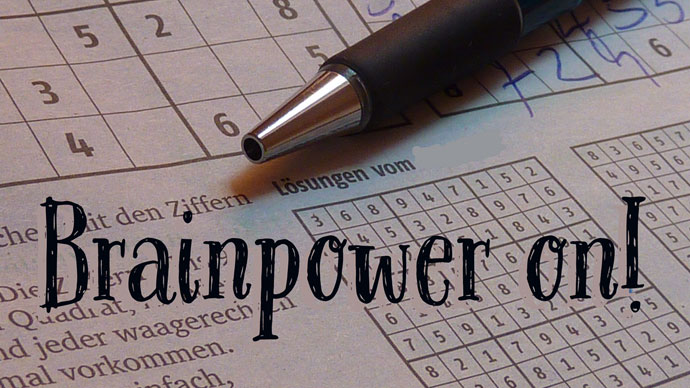The Sudoku bug has infected vast numbers of people here in the UK. So why has such a simple logic little puzzle become so popular and how can you and your kids benefit?
Well, first published in the States in the 70’s and sometimes known as “Number Squares”. Sudoku puzzles have long been popular for many years in Japan, where the name “Sudoku” (meaning “single number”) was coined. When a UK newspaper began publishing the puzzles, within weeks, they were picked up in other papers, and Sudoku became the pastime of choice for commuters, parents and even kids. The current and ongoing craze was started late in 2004, and thirteen years later it’s still going strong. You can even get apps for your phones and tablets if a paper version is not your thing!

From a parental point of view, Sudoku puzzles are perfect for long journeys, waiting rooms, and rainy afternoons. They are being found more and more in the classroom as teachers harness their benefits and use them as educational time-fillers and brain exercises!
As well as developing your logic, reasoning skills and concentration, Sudoku puzzles, if done at the right levels, build confidence. Children of all abilities enjoy the challenge of a puzzle if the puzzle is age-appropriate. Keep in mind though that many of the puzzles published in papers are a bit tricky for younger kids, so it is worth finding puzzles made especially for kids. A quick Google search found thousands of ideas. Children as young as four years can try the 4×4 grids, then build up to the 6×6 grids and finally the traditional 9×9 grid.
Why is Sudoku so appealing?
Firstly, although Sudoku grids usually use numbers, your child does not need mathematical skills to solve the puzzles. Using logical reasoning appropriate to his/her age, your child decides how to place numbers on a Sudoku grid. There is only one correct answer for each puzzle, no guessing is necessary, and the rules are easy to learn. The more puzzles you do, the better you become. Each puzzle typically takes a child about 20-30 minutes to complete, and gives them a real sense of satisfaction when finished!
And that is the secret of their popularity. You feel good when you finish one! And then you want to try another one and another.